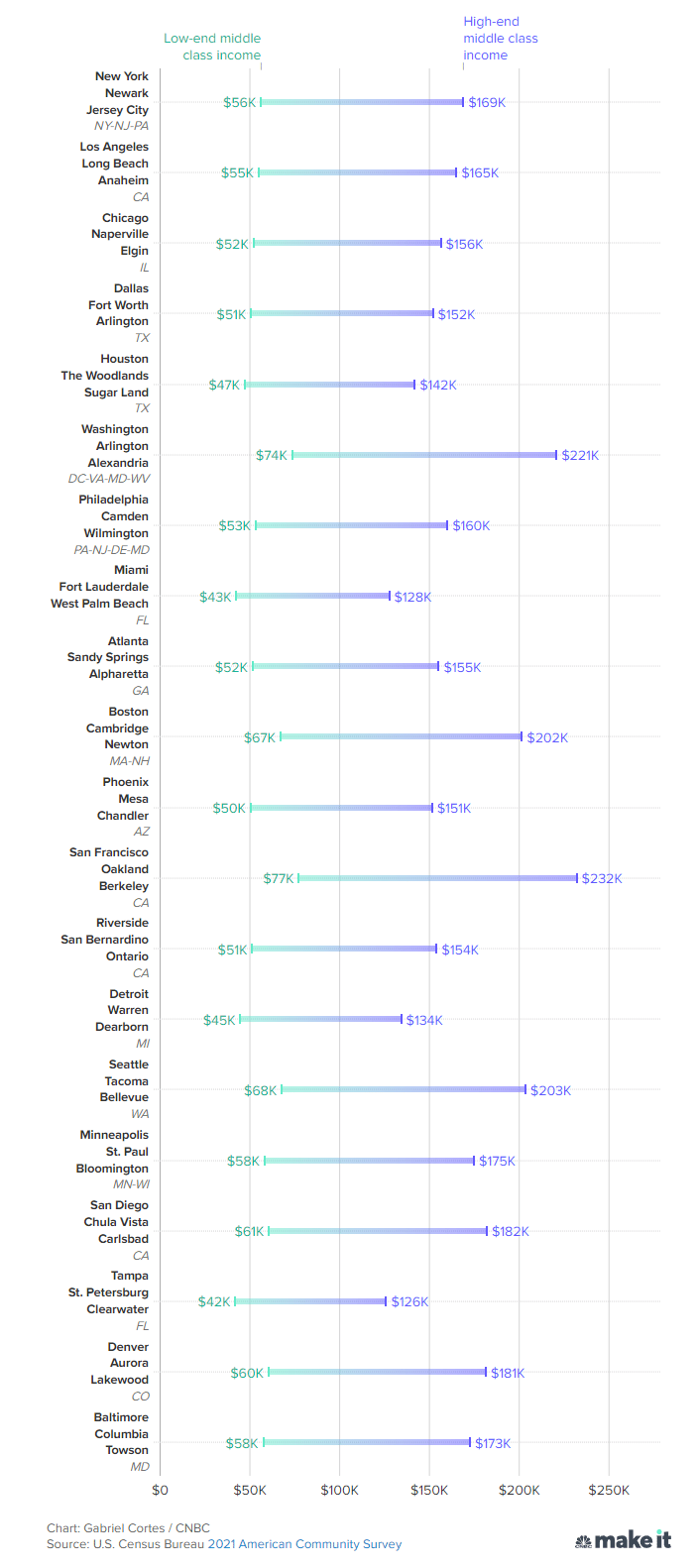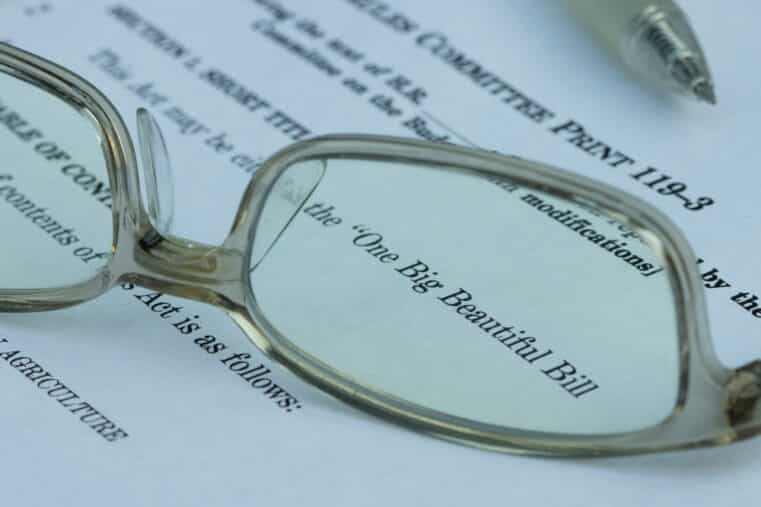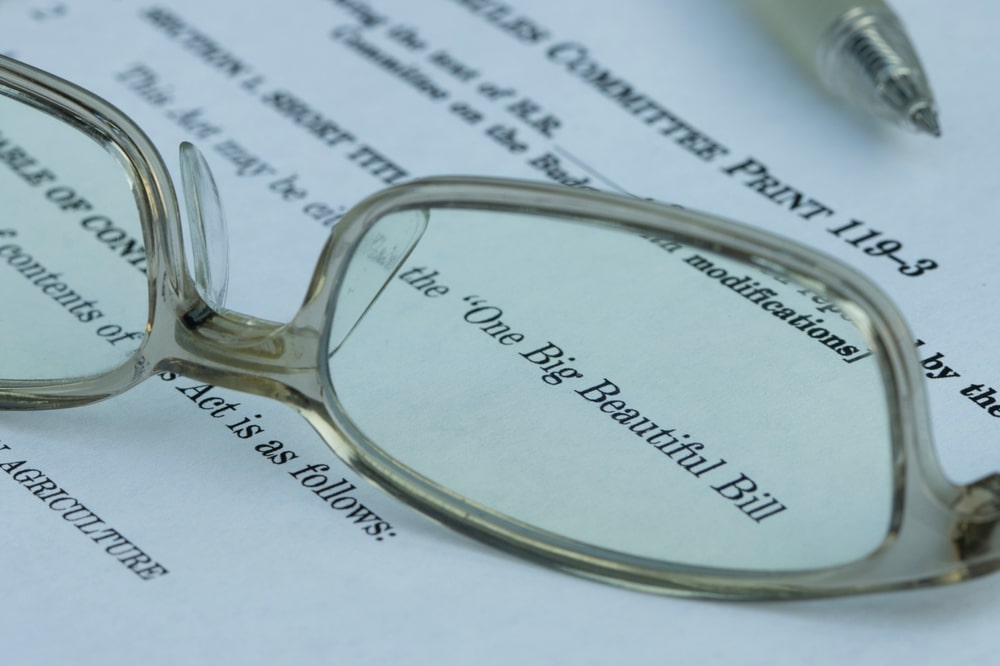
Defining Middle Class Income Across 20 Major US Cities
EDITOR'S NOTE: On a practical level, the category of “middle class” wealth is defined by both income and cost of living. This makes sense, as local taxes can erode income and wealth depending on the state. The article you’re about to read defines what “middle class” income means in the most populous US cities. On a longer-term scale, the line between the middle class and the poor isn’t so much defined by wealth as it is by a particular mindset toward income and savings. It’s the difference between seeing a financial asset as “money” versus “capital”; or something to be spent versus something that can generate something to be spent or to continue generating more of it.
The middle class has been shrinking throughout the last five decades as more Americans have entered either the upper or lower income brackets, according to Pew Research Center.
The latest data from 2021 shows the share of the population in the middle class continues to hover around 50%, around where it has been since 2011. Prior to that year, the share of middle class Americans had been consistently shrinking since a peak of 61% in 1971.
Pew defines “middle class” as those earning between two-thirds and twice the median American household income, which in 2021 was $70,784, according to the United States Census Bureau. That means American households earning as little as $47,189 and up to $141,568 are technically in the middle class.
But other factors like family size and location can change what middle class looks like for you. Here are the income thresholds for the middle class in the 20 most populous U.S. metros:
What does middle class income look like in the 20 most populous U.S. metros?
Annual household incomes
Source: U.S. Census Bureau
Remember, this is based on just one definition of middle class. There are other statistical-based definitions of middle class and an even broader list of more anecdotal definitions.
Generally speaking, anyone who isn’t living “paycheck-to-paycheck” but couldn’t necessarily stop working tomorrow and be financially secure for the long-term might consider themselves middle class.
At least half of the U.S. adult population has consistently identified as middle or upper-middle class since 2002, according to Gallup polling. The poll does not define middle class for respondents, but simply asks if they identify as upper, upper-middle, middle, working or lower class.
Though the share of upper-middle and middle-class-identifying adults was larger — around 63% of adults in 2003 — before the Great Recession, it never fell below 50%, and still hasn’t even through the brief, but sharp, recession caused by the Covid-19 pandemic.
As of April 2022, 52% of adults consider themselves middle or upper-middle class. And statistically speaking, they could all be correct. But given different life situations and perceptions of wealth, there’s a good chance not everyone who feels middle class actually is, and vice-versa.











